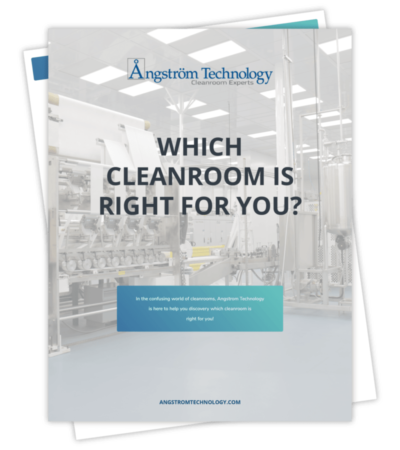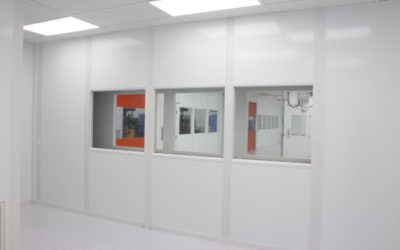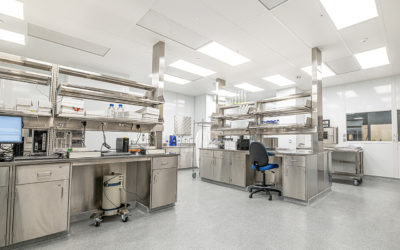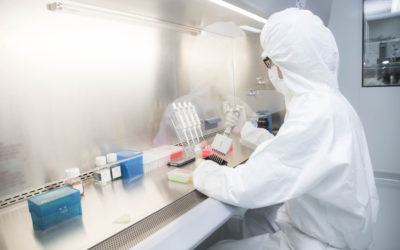Explore Our Blog
RigidWall Cleanroom Features
Planning to install a new cleanroom in your facility? One of your first steps should be to figure out which type of cleanroom is the best fit: SoftWall, HardWall, or RigidWall. All of these have great features and performance capabilities, but one of them may work...
What Is the Equivalent ISO Class for cGMP Areas?
At Angstrom Technology, we get asked a lot what the equivalent ISO class for a cGMP area is. Particularly from organizations at the start of a cleanroom project. Here, we answer that question for you. The International Standard for cleanrooms and associated controlled...
The CHIPS Act: Designing your Semiconductor Cleanroom
On August 9, 2022, President Biden passed the CHIPS Act. What’s that? We’re here to fill you in. The CHIPS Act CHIPS stands for Creating Helpful Incentives to Produce Semiconductors for America Act. The investment promises $50 billion to domestic R&D and...
The Cleanroom Commissioning Process: Explained
Before a cleanroom is determined safe and viable for use, it typically will undergo a commissioning process. What’s that? We’re here to fill you in. What Is Cleanroom Commissioning & Why Is It Important? Cleanroom commissioning is the practice of verifying that a...
GMP vs. cGMP Standards for Cleanrooms
Understanding cleanroom quality standards can be tricky. There are various systems, all of which have different themes, criteria, guidelines, and regulations. One distinction that can be particularly challenging is the difference between GMP and cGMP standards. These...
Cleanroom Design: Post-and-Panel vs. Seamless Cleanroom Wall Systems
The materials you use to build your cleanroom have a lasting impact on its cleanliness, performance, durability, and appearance. Arguably the most important of these materials is the cleanroom wall system you choose. Let’s take a look at two of the most common types...
Dedicated vs. Integrated Cleanroom HVAC Design
Environmental control is the staple of effective cleanroom design and performance. In order to ensure safe and controlled operations can take place, airborne particles of a certain size must be caught and removed from the cleanroom environment. However, there’s more...
Cell and Gene Therapy Cleanroom FAQs
Cell and gene therapies have become more recognized as viable forms of treatment for serious, life-threatening illnesses. However, there’s still quite a bit of information to learn about them — including the controlled environments in which they’re tested, produced,...
What Industries Require GMP Cleanrooms?
If you've heard about GMP cleanrooms (if you haven’t, head over to this blog), you might be wondering whether or not you actually need one. Below, we’ll walk through some of the most common industries that require GMP-compliant cleanrooms. What Is a GMP Cleanroom?...
7 Steps to Modular Cleanroom Installation
At Angstrom Technology, modular cleanrooms are our bread and butter. We love their pre-engineered, high-quality components and their speedy installation processes — and our customers do too! If you’re considering a modular approach to your next cleanroom project, you...
What’s the Best Type of Flooring for Pharmaceutical Cleanrooms?
When you think about a pharmaceutical cleanroom, the floor probably isn’t the first thing that comes to mind. In fact, it may even be the last. For many facilities, floors are the most forgotten component of cleanroom design. However, the type of flooring you choose...
4 Types of Cell & Gene Therapy Cleanroom Workstations
For some industries, simple stainless steel tables make for adequate cleanroom workstations. Cell and gene therapy isn’t one of them. Due to the sensitivity of their materials and processes, these cleanrooms call for a high level of environmental and contaminant...
Get Instant Access To Our Cleanroom Design Guide
The Most Comprehensive Guide for Cleanrooms and Modular Offices












